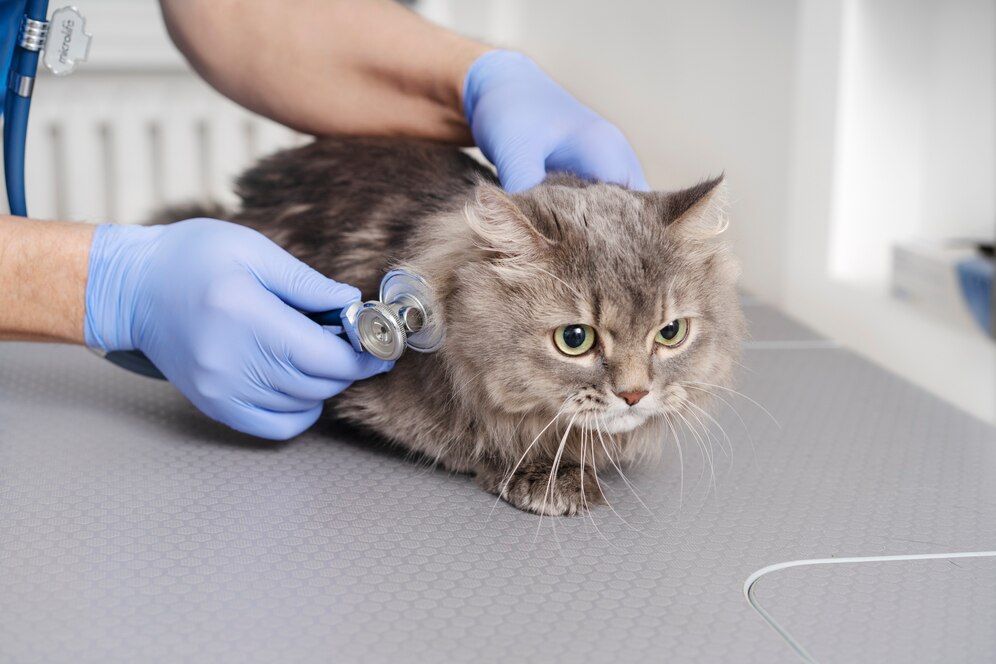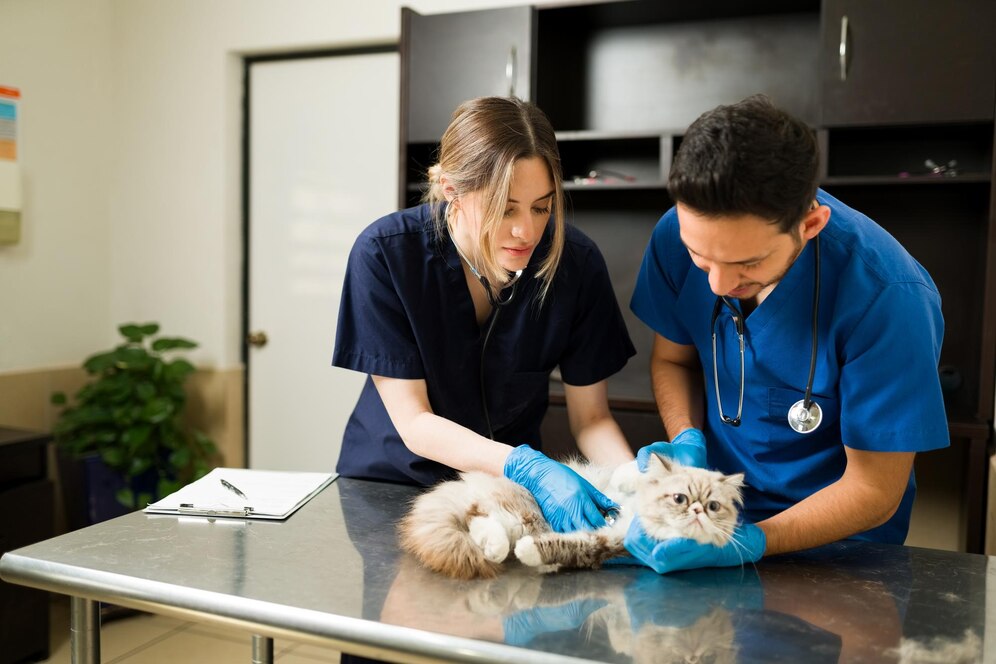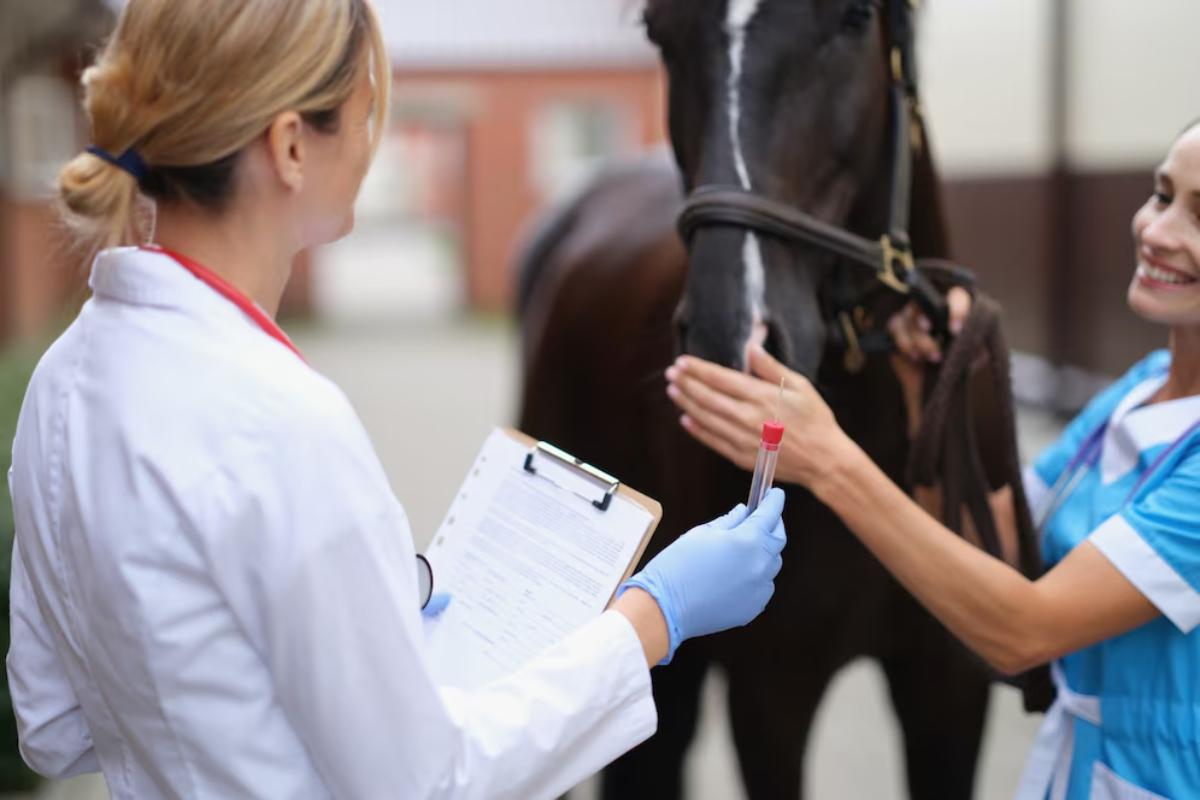
What Does Pet Insurance Typically Cover?
Picture this: it’s 11 PM, and your cat starts limping. Or your puppy swallows something suspicious. You’re racing to the emergency vet, heart pounding. The last thing you want to think about is the bill.
This is where pet insurance can make all the difference.
Before you get a policy, know what pet insurance covers and what it doesn’t. That way, you’re not caught off guard when it matters most.
In this guide, we’ll cover what pet insurance usually includes. This ranges from emergencies and illnesses to dental care and extra services. We’ll clear up some myths and give you practical examples. This way, you can pick a plan that really fits your needs.
This pet coverage guide is here to help. As a new pet parent or a policy reviewer, you’ll feel ready to protect your furry friend.
Why Pet Insurance Is Worth Understanding
Let’s be honest — veterinary care isn’t cheap. From diagnostics and surgeries to chronic condition management, costs can climb quickly. The average pet insurance claim in the UK is over £800, according to the Association of British Insurers. Some claims even reach into the thousands.
Pet insurance provides peace of mind and financial flexibility. Most importantly, it lets you make choices based on your pet’s needs, not your bank account.
But only if you understand what’s actually included.
What Does Pet Insurance Typically Cover?
Most pet insurance policies cover the unexpected, including accidents, injuries, and new illnesses. Let’s break it down by category.
1. Accidents and Injuries
This is the foundation of most policies, even the most basic ones.
Covered scenarios might include:
- Road traffic accidents
- Cuts and wounds
- Broken bones
- Swallowed objects
- Burns or poisonings
Example: Your dog swallows a sock (classic) and needs surgery. The procedure, X-rays, and overnight stay cost £1,500. Your insurance, minus the excess, reimburses the majority of the bill.
Even accident-only policies are the most budget-friendly. They usually cover these incidents, but nothing else.
2. Illnesses (Short-Term and Chronic)

Full coverage and lifetime policies protect against a variety of illnesses. They cover routine infections and also serious, long-term conditions.
Typical inclusions:
- Vomiting, diarrhoea, or fevers
- Skin conditions (e.g. dermatitis, hot spots)
- Urinary tract infections
- Ear or eye infections
- Diabetes, epilepsy, hypothyroidism
- Cancer treatments, including chemotherapy
Some providers cover hereditary and congenital conditions, especially for pedigree pets. This is true if the condition wasn’t pre-existing.
Important: For long-term conditions, lifetime cover is your best bet. It ensures continued funding for chronic illnesses as long as you renew the policy each year.
3. Diagnostics and Tests
Vets rely heavily on diagnostic tools to understand what’s going on inside your pet. These can be expensive, but many insurance plans cover them.
Commonly covered diagnostics:
- Blood tests
- Urinalysis
- X-rays and ultrasounds
- MRI or CT scans
- Biopsies
- Allergy testing
Scenario: Your cat suddenly stops eating. Blood work and an ultrasound help diagnose pancreatitis. Insurance covers both the diagnostics and the subsequent treatment.
4. Surgery and Hospitalisation
Whether planned or emergency, surgery costs can escalate quickly. Fortunately, comprehensive policies often cover:
- Surgical procedures
- Anaesthesia
- Hospital stays
- Post-op medication and follow-up visits
Example: A cruciate ligament repair for a dog can cost upwards of £2,000. With insurance, the majority is typically reimbursed after your excess is paid.
5. Prescription Medications

Most policies cover prescription meds that are part of a treatment plan, including:
- Antibiotics
- Pain relief
- Hormone therapies
- Insulin for diabetes
- Epilepsy medication
- Allergy treatments
Chronic medication often gets coverage in lifetime plans. These plans reset your coverage limit every year.
6. Dental Cover (Sometimes)
Here’s where things get tricky.
Dental cover is often included for:
- Injuries (e.g. broken teeth from trauma)
- Illness-related issues (e.g. gum disease) — but only in more comprehensive plans
Not covered:
- Routine cleanings or cosmetic procedures
- Preventative dental work (unless it’s part of a wellness add-on)
Be careful: Some insurers need yearly dental check-ups to keep your coverage.
7. Alternative and Complementary Therapies

More providers are recognising the value of holistic support. You may find coverage for:
- Acupuncture
- Hydrotherapy
- Physiotherapy
- Chiropractic treatment
- Behavioural therapy (if prescribed by a vet)
Note: These are often included only in premium policies or as optional add-ons.
8. Behavioural Issues (Case-by-Case)
If your dog seems anxious when left alone or shows aggression, your vet might recommend a behaviourist. Some insurers will cover the costs, but only if you have behavioural cover.
Covered if:
- Diagnosed by a vet
- Treatment is supervised or referred
- It’s affecting your pet’s health and well-being
Not every policy offers this, so check the fine print.
9. Euthanasia and End-of-Life Care
It’s heartbreaking to think about, but some policies offer financial support for:
- Euthanasia (when recommended by a vet)
- Cremation or burial costs
- Grief support (less common but emerging)
A policy may cover £200–£300 for end-of-life services, helping reduce financial stress when emotions run high.
10. Third-Party Liability (Dogs Only)
In the UK, dog owners are legally responsible for their pets’ behaviour. Some policies include third-party liability, covering legal fees and compensation if your dog:
- Injures someone
- Damages property
- Causes an accident
Tip: This is especially important for large or energetic breeds.
Extras: Some Policies May Include
These are not guaranteed. Sometimes, they come with premium plans or are available as add-ons.
Travel Cover
Heading abroad with your pet? Some insurers offer coverage for:
- Emergency care while travelling
- Quarantine costs
- Lost pet recovery abroad
Lost Pet Advertising and Reward
If your pet goes missing, insurers may reimburse costs related to:
- Posters and social media ads
- Reward payments
- Travel expenses to retrieve them
Boarding Fees
If you’re in the hospital and can’t care for your pet, your policy may pay for temporary boarding or pet-sitting.
What’s Not Typically Covered
To avoid surprises, be aware of the most common exclusions:
- Pre-existing conditions (unless specified otherwise)
- Routine and preventive care (vaccinations, flea/worm treatments, annual check-ups)
- Cosmetic or elective procedures (declawing, ear cropping, tail docking)
- Pregnancy and breeding costs
- Unvaccinated illnesses — if your pet wasn’t up to date on jabs
- Negligence — e.g. injury due to lack of supervision
Bottom line: Always read the full policy document. Each provider defines their inclusions and exclusions slightly differently.
Real-Life Example: Ben and Bella
Ben has a two-year-old Labrador, Bella. She developed severe allergies, needing multiple tests, steroids, and special food. His lifetime pet insurance covered:
- Blood and skin tests
- Prescription antihistamines
- Special shampoo and follow-up appointments
The total claim came to nearly £3,800 over 18 months. Ben only paid the annual excess and a 10% co-pay—the rest was reimbursed.
Without cover, Ben admits he’d have had to compromise on Bella’s treatment.
Final Thoughts: Choose Confidence, Not Confusion
So, what does pet insurance typically cover?
In short — a lot. A solid policy covers everything from accidents and diagnostics to surgeries and medication. It provides essential protection and peace of mind. But not every plan is created equal.
Understanding the pet insurance inclusions helps you:
- Avoid disappointment at claim time
- Compare providers with confidence
- Pick a plan that suits your pet’s life stage, breed, and health risks
Your pet can’t ask for help, but you can make sure it’s there when they need it most.


